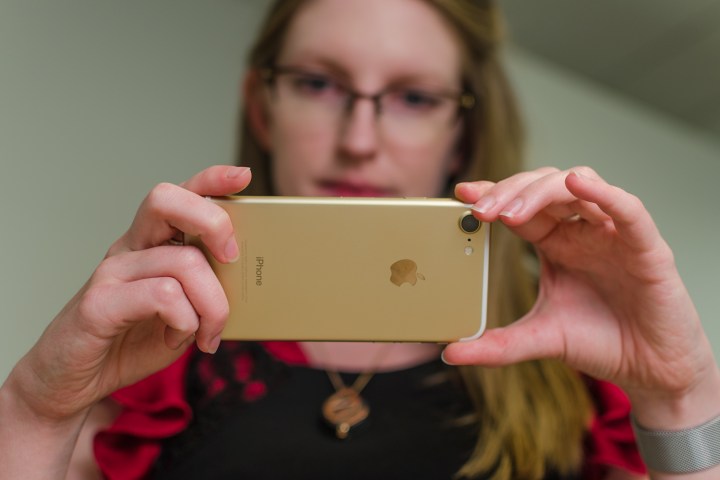
For as much emphasis as Apple put on the new camera, it’s hardly the most expensive component of the iPhone 7. The screen comes in at $37, while the A10 Fusion processor is the most expensive component at $40. The total cost of a 128GB iPhone 7 is $749, so while Chipworks’ cost analysis is based on estimates, it would appear that Apple’s typical high margins are in place here.
Of course, this report is limited to just the iPhone 7. Chipworks has yet to dissect the iPhone 7 Plus, which uses a dual-camera setup that likely comes with a significantly higher cost. The dual-cameras allow the iPhone 7 Plus to shoot both standard, 28mm wide-angle photos, as well as “telephoto” images thanks to 56mm lens on the second camera.
With today’s release of the final version of iOS 10.1, iPhone 7 Plus owners now also have the ability to shoot shallow depth of field photographs in the camera’s new Portrait mode. This mode uses both cameras together to judge depth and computer vision to recognize faces. It can then digitally blur the background and foreground to draw attention to the subject, mimicking a wide aperture lens on a DSLR or mirrorless camera.
iPhone 7 and 7 Plus owners can update to iOS 10.1 through Settings on their phones, or by connecting them to iTunes on a computer.
For more information on the iPhone 7 teardown and cost analysis, head over to Chipworks. A full version of the report can be downloaded if you don’t mind supplying a company email address.



